Description
Product description
Review
In this engaging book, Alex Quigley explores the knowledge and skills expert reading teachers need to teach reading and to nurture pupils’ desire to read. If you are developing the school reading curriculum, this accessible and timely text, which is packed with practical strategies, will be a valuable asset. In opening up the complexities of reading in an appealing and conversational manner, and paying particular attention to metacognition, Alex offers the profession evidence-informed tools to re-consider reading and six steps to close the reading gap. A book worth buying.
Teresa Cremin, Professor of Education, Open University, UK
The science of reading was never a part of my teacher training and I’d have loved a book like this. Alex Quigley’s Closing the Reading Gap is everything I hoped it would be; a wonderfully enlightening follow-up to his brilliant vocabulary book. For those seeking to understand how reading works, alongside some of the associated debates, Alex gives us the in-depth research-informed analysis we’re after. He also delivers the accessibility and range of practical strategies busy teachers need to support children to read more fluently and to learn more through reading. Chapters 3 and 4 capture the key concepts we need to understand the complex processes of decoding and comprehension; it’s packed with wisdom and insights. Chapter 7, outlining an array of practical strategies for schools and teachers, is a magnificent reference for everyone working in education. I can see this book having a very significant impact.
Tom Sherrington, author and education consultant
When over a quarter of 11-year-old pupils do not reach the expected standard in reading, Closing the Reading Gap is a welcome and much needed addition to our understanding of the process and difficulty of reading. This wide compassing book takes us through the history of reading and identifies some of the barriers for many of our pupils and offers many suggestions which professionals can support them in this vital aspect of provision.
It is laden with important insights such as ‘we are better off with concentrating on the relatively slow, deliberate process of reading for meaning and to understand the subtle difference between reading speedily and reading with fluency.’ And when we ask ourselves the questions posed by Alex, we are likely to get better at this important aspect of our practice: what are the ‘Goldilocks books’ for year 2… year 5 and year 9; how will we mediate their complexity, whilst keeping an eye on the detail of our pupils’ reading development; how often do we assume a text that has been read has been understood?
And what resonated powerfully for me is the idea that it is important that pupils read extended texts if they are to grow more sensitive to text structures. If they are predominantly reading power point slides with condensed phrases, sentences and images, they will not gain experience in tracking more extended text structures. Paradoxically, by making the curriculum more accessible in the short-term, we can make it harder to access curriculum reading in the long- term.
An important read for all teachers, across all phases and subjects
Mary Myatt, education adviser and writer, author of The Curriculum: Gallimaufry to Coherence
This book should be a core text for all teachers, whether trainees or experienced professionals, whatever their subject or key stage specialism. Reading success is essential for young people to access any academic curriculum and this book draws together research and effective practice across all subjects and age groups. But not only does it identify and evaluate the symptoms of reading challenges, it provides practical advice and support to ‘close the reading gap.’ Exam success is underpinned by effective reading tuition, and this book will help every teacher gain a greater understanding of how to teach reading constructively so that academic achievement is attainable for every pupil.
Alison Wilcox, author of the Descriptosaurus series
In this engaging book, Alex Quigley explores the knowledge and skills expert reading teachers need to teach reading and to nurture pupils’ desire to read. If you are developing the school reading curriculum, this accessible and timely text, which is packed with practical strategies, will be a valuable asset. In opening up the complexities of reading in an appealing and conversational manner, and paying particular attention to metacognition, Alex offers the profession evidence-informed tools to re-consider reading and six steps to close the reading gap. A book worth buying.
Teresa Cremin, Professor of Education, Open University, UK
The science of reading was never a part of my teacher training and I’d have loved a book like this. Alex Quigley’s Closing the Reading Gap is everything I hoped it would be; a wonderfully enlightening follow-up to his brilliant vocabulary book. For those seeking to understand how reading works, alongside some of the associated debates, Alex gives us the in-depth research-informed analysis we’re after. He also delivers the accessibility and range of practical strategies busy teachers need to support children to read more fluently and to learn more through reading. Chapters 3 and 4 capture the key concepts we need to understand the complex processes of decoding and comprehension; it’s packed with wisdom and insights. Chapter 7, outlining an array of practical strategies for schools and teachers, is a magnificent reference for everyone working in education. I can see this book having a very significant impact.
Tom Sherrington, author and education consultant
When over a quarter of 11-year-old pupils do not reach the expected standard in reading, Closing the Reading Gap is a welcome and much needed addition to our understanding of the process and difficulty of reading. This wide compassing book takes us through the history of reading and identifies some of the barriers for many of our pupils and offers many suggestions which professionals can support them in this vital aspect of provision.
It is laden with important insights such as ‘we are better off with concentrating on the relatively slow, deliberate process of reading for meaning and to understand the subtle difference between reading speedily and reading with fluency.’ And when we ask ourselves the questions posed by Alex, we are likely to get better at this important aspect of our practice: what are the ‘Goldilocks books’ for year 2… year 5 and year 9; how will we mediate their complexity, whilst keeping an eye on the detail of our pupils’ reading development; how often do we assume a text that has been read has been understood?
And what resonated powerfully for me is the idea that it is important that pupils read extended texts if they are to grow more sensitive to text structures. If they are predominantly reading power point slides with condensed phrases, sentences and images, they will not gain experience in tracking more extended text structures. Paradoxically, by making the curriculum more accessible in the short-term, we can make it harder to access curriculum reading in the long- term.
An important read for all teachers, across all phases and subjects
Mary Myatt, education adviser and writer, author of The Curriculum: Gallimaufry to Coherence
This book should be a core text for all teachers, whether trainees or experienced professionals, whatever their subject or key stage specialism. Reading success is essential for young people to access any academic curriculum and this book draws together research and effective practice across all subjects and age groups. But not only does it identify and evaluate the symptoms of reading challenges, it provides practical advice and support to ‘close the reading gap.’ Exam success is underpinned by effective reading tuition, and this book will help every teacher gain a greater understanding of how to teach reading constructively so that academic achievement is attainable for every pupil.
Alison Wilcox, author of the Descriptosaurus series
I enthusiastically recommend Closing the Reading Gap with five shiny Schools Week stars. I know it’ll genuinely change significant aspects of my classroom practice for the better when school finally resumes, as it is already influencing my online teaching.
Douglas Wise, Schools Week
This is a very readable book, supported by easy-to-read print in well-spaced sentences – good considerations for all readers and individuals developing their reading skills.
I find the range of information in this book of just 201 pages, including extensive references at the end of each of its eight chapters, encouraging. Each chapter captures many important points for everyone involved in teaching and developing students’ reading, to acknowledge, learn, and put into daily practice.
Dr Jenny Moody, Dyslexia Review
Overall, this is a really useful introductory text. For those who are new to teaching or literacy support this book contains most of the knowledge it might take several years of practice to obtain. It is a rich resource both in terms of its exhaustive list of strategies and its broad introduction to the key ideas you will need to familiarize yourself with. These are written in a clear and engaging fashion, and it is apparent throughout that Quigley cares deeply for his students and their school experience.
K Ingham Roy, Child Language and Teaching Therapy
About the Author
Alex Quigley is aformer English teacher and school leader, of over 15 years’ standing, who now works for the Education Endowment Foundation, supporting teachers to access research evidence. He can be found on Twitter @HuntingEnglish and blogs at www.theconfidentteacher.com. His previous books include Closing the Vocabulary Gap and The Confident Teacher.
Our pupils’ success will be defined by their ability to read fluently and skilfully. But despite universal acceptance of reading’s vital importance, the reading gap in our classroom remains, and it is linked to an array of factors, such as parental wealth, education and book ownership, as well as classroom practice. To close this gap, we need to ensure that every teacher has the knowledge and skill to teach reading with confidence.
In Closing the Reading Gap, Alex Quigley explores the intriguing history and science of reading, synthesising the debates and presenting a wealth of usable evidence about how children develop most efficiently as successful readers. Offering practical strategies for teachers at every phase of their teaching career, as well as tackling issues such as dyslexia and the role of technology, the book helps teachers to be an expert in how pupils ‘learn to read’ as well as how they ‘read to learn’ and explores how reading is vital for unlocking a challenging academic curriculum for every student.
With a focus on nurturing pupils’ will and skill to read for pleasure and purpose, this essential volume provides practical solutions to help all teachers create a rich reading culture that will enable every student to thrive in school and far beyond the school gates.




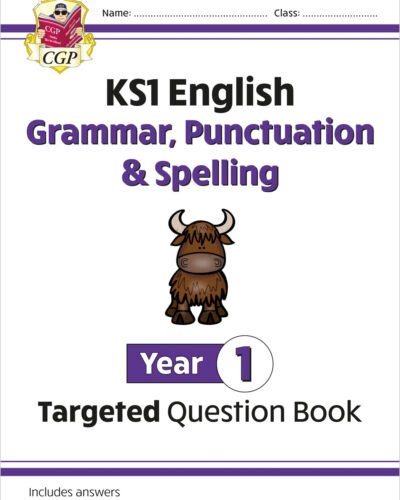
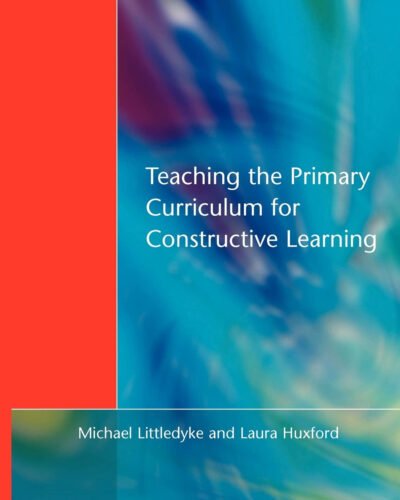
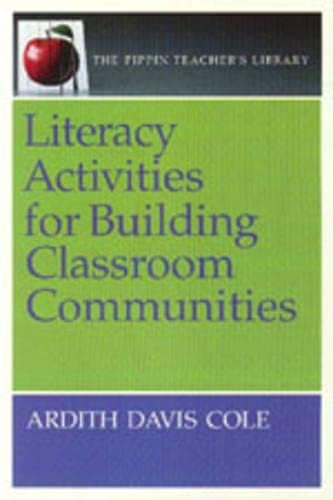
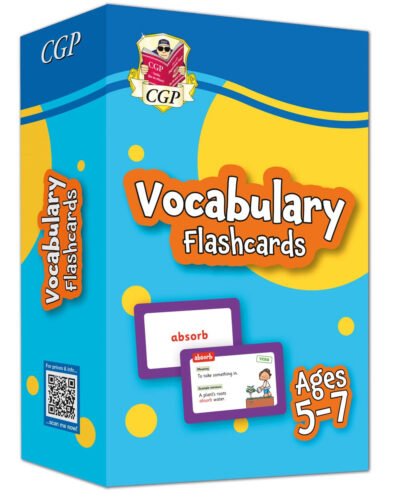
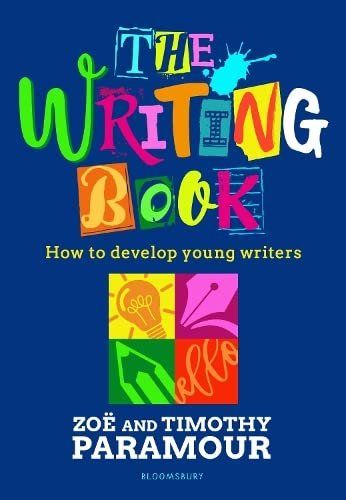
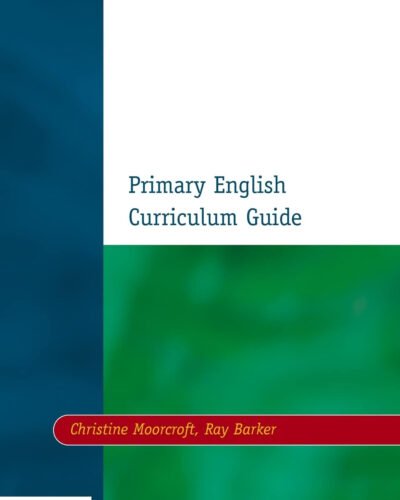
becca morrison –
The Current Crucial Handbook for Creating a Reading Culture in Comprehensive Secondary Schools
Closing the Reading Gap provides enough food for thought to help us consider the intentionality important in creating reading cultures in secondary schools. In every comprehensive I’ve taught in, reading is an Even Better If. Not enough students read and not enough students know why reading is important. Not enough parents either, for that matter. Reading has become a vague “important thing” to do, but something that people seem to put further and further down the priority list. So why is this a problem? Enter this book.At the beginning, Quigley comments on something quintessential when considering reading culture: “Reading will prove the master skill of school, unlocking the academic curriculum for our pupils.”Reading is not something to be considered “if there’s time.” Reading is not something to be considered after the curriculum. Reading is the first curriculum. The one that matters first, before other things can be considered. If academia is indeed locked to our non-reader students, why even bother teaching them the curriculum if they can’t access it?The book then details powerful percentages, case studies, how-to guide and next steps to help educators consider how to establish a stronger reading culture. To date, this book is the most helpful guide and “why manual” helping us understand what must be done and why we must do it in order to enable social mobility in our education system, and in order to galvanize our student body for positive change.
Bill the Buyer –
Clearly written and very interesting.
Just what I need to develop my work with young readers.
SJ –
An Absolute Must-Read… for teachers of all subjects and Key Stages
Another highly readable, evidence-based book from Alex Quigley. Closing the Reading Gap is the follow-up to Closing the Vocabulary Gap and, like it’s predecessor, is certain to become the go-to for teachers from all subject areas to enhance their literacy pedagogical knowledge. Reading is a complex and transformative skill which so many pupils struggle with- this book is a call for all teachers to have the training to be able to understand the cognitive processes, history and science of reading, and provides chapters on barriers to reading and comprehension. The emphasis on ‘disciplinary literacy’ as seen in the EEF’s Guidance Report, is highlighted here too, with a chapter devoted to practical suggestions for a range of subjects. The book concludes with a section on practical strategies for closing the reading gap and next steps- things which, if we weren’t in lockdown, could be quickly implemented in the classroom. So many helpful ideas and thought-provoking examples included with an incredibly comprehensive bibliography of evidence-based research. A must-read and probably ‘read-again’!
Amazonian –
Recommended for teachers looking to expand their professional development
An excellent book that provokes thought into a number of reading techniques and exercises that are effective within the classroom.It is refreshing that the book doesn’t try to push gimmicks, but instead looks at current research. There is a section of reading strategies within different disciplines – I thought that this could have been expanded, especially because literacy plays a pivotal role in every subject.I would recommend this book to teachers who wish to develop their understanding of reading strategies in order to raise attained levels/grades.
Jeffrey Willis –
Fantastic CPD for staff
This has been a really useful book for me as Reading lead in a primary school. Alex gives an overview of the science and history of reading and then pulls together all the research into how pupils develop into effective readers. Lots of practical strategies are explored making the book an excellent place to start CPD with colleagues. During ‘school closure’ I have been posting chapter summaries and inviting discussion amongst staff as part of online CPD. It has been a really useful way to engage staff whilst at home and explore themes from our school development plan. Would definitely recommend.
S. Oakley –
A succinct read that covers a range of interesting topics.
I found this a really interesting read. I enjoyed the anecdotal examples and found the various suggestions and ideas clear and succinct. I liked the fact that each chapter had a summary at the end – this will help when I dive back in to pick out the practical ideas to use in the classroom. I recommend it to anyone in teaching, not just English teachers , as it covers subject specific reading too. There are several new ideas I intend to implement and several more that have reminded me of things I used to do that I should reintroduce to my teaching of reading.
Christy –
Fabulous book highly recommend!
Absolutely loved reading ‘Closing The Reading Gap’, it has really given me a different view of the importance of being aware of pupils reading abilities, and how a less confident reader can struggle to grasp key concepts within other subjects. I particularly loved the ‘Goldilocks’ concept, when explaining that choosing a book that is ‘just right’ for the ability of our pupils is pertinent.Overall, a great read really insightful and perfect for student teachers, NQTs and established teachers alike.
Joe Henthorn –
A useful handbook, probably more valuable for secondary teachers
First few chapters are a general interest introduction to the history and science of reading. Interesting but probably nothing you haven’t seen before if you’ve read any education book on reading in the past five years. You can skip straight to chapter 4 if you’re after more practical advice. I get the impression this may be of more value to secondary teachers or those who do not have much of a background in the explicit teaching of reading.Overall, a useful handbook – doesn’t go into as much detail as you might like at times, but signposts further reading well, and have lots to follow up on.
Cori –
A Must Read After 2020/2021 School Year
Closing the Reading Gap shows teachers what is needed to do just that, close learning loss. It helps remind you why you became a teacher in the first place.
Michael John –
Great teacher aid
Very good book. Highly suitable for anyone wanting to teach English and understanding the importance of English across the range of subjects. I think that if you are training to be a teacher this will help you out a lot. If you are a teacher, this will help you out a lot.